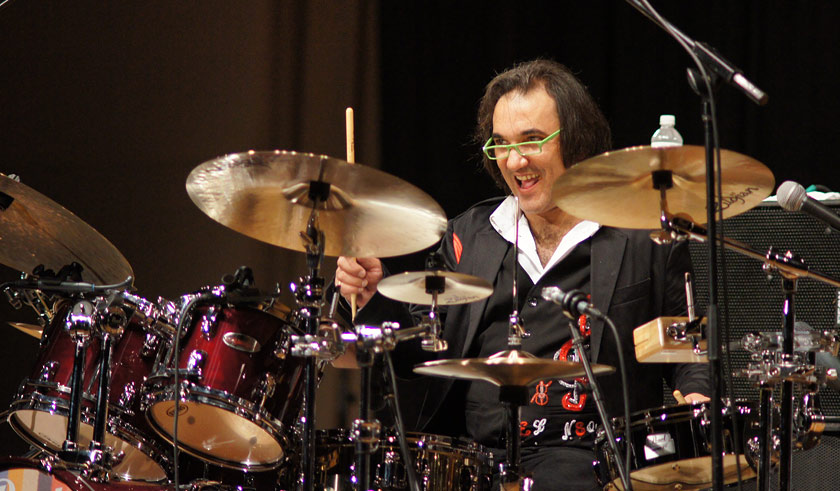
© Bernhard Castiglioni - www.drummerworld.com

| Horacio Hernandez |
Few percussionist have done as much to further the marriage of jazz, rock and Cuban music as Horacio "El Negro" Hernandez. Through his work with jazz luminaries like Dizzy Gillespie, Gonzalo Rubalcaba, Michel Camilo and Latin rock icon Carlos Santana, Hernandez has become Afro-Cuban music's most visible drummer. Growing up in a house filled with music in Cuba, Hernandez was exposed to the traditional music his Grandfather loved, the progressive jazz sounds of his father and the American rock music his brother tuned in from nearby Miami radio stations. U.S. rock music being outlawed at the time, Hernandez was detained at the age of thirteen for being caught playing Cream covers with friends from music school. El Negro worked his way up in the Cuban recording and performance community, playing with artists like Rubalcaba, and recording better than 300 records during his time in Havana. As the resident session player for two Havana studios, he kept a mattress in one of their spare rooms, sometimes not returning home for a week or more. Having built an international reputation via his work with Rubalcaba, Hernandez defected to Italy in hopes of transitioning from there to New York. He spent three years there, teaching at a conservatory and performing regularly in Rome's busy club scene. When the opportunity arose to relocate to NY, Hernandez took it, playing club gigs for $50 a night until he was legally allowed to work. Once able to travel he was offered a gig with Latin jazz piano master Michel Camilo. Through his work with Camilo, Dave Valentin and the TropiJazz All-Stars, Hernandez played on the most influential Latin jazz recordings of the '90s. He was introduced to mainstream audiences in 1997 as part of Carlos Santana's touring band with whom he played the biggest venues of his career. Hernandez earned his first Grammy with Michel Camilo's Live at the Blue Note, which took Best Latin Jazz Album in 2003. El Negro's debut as a bandleader came a year later with the Grammy nominated Italuba, followed two years later by Italuba II. |
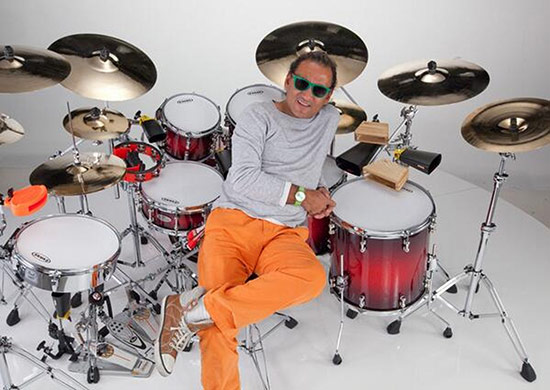
|

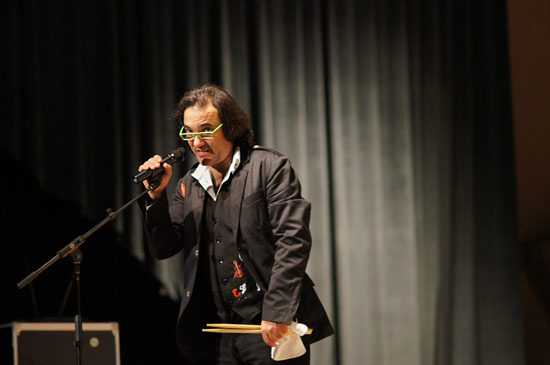 © Bernhard Castiglioni - www.drummerworld.com
© Bernhard Castiglioni - www.drummerworld.com
 © Bernhard Castiglioni - www.drummerworld.com
© Bernhard Castiglioni - www.drummerworld.com
|
 © Ronn Dunnett
© Ronn Dunnett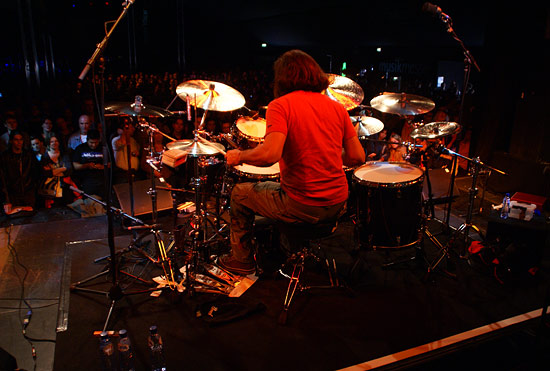 © Bernhard Castiglioni - www.drummerworld.com
© Bernhard Castiglioni - www.drummerworld.com
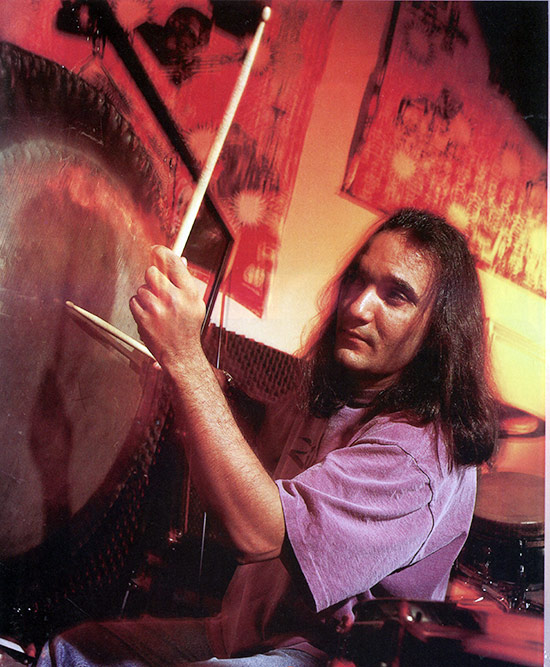 ©Jay Blakesberg
©Jay Blakesberg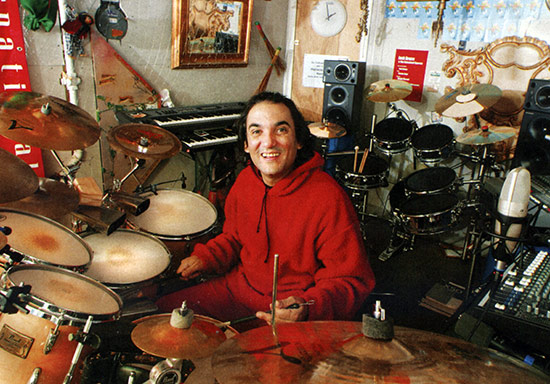
|

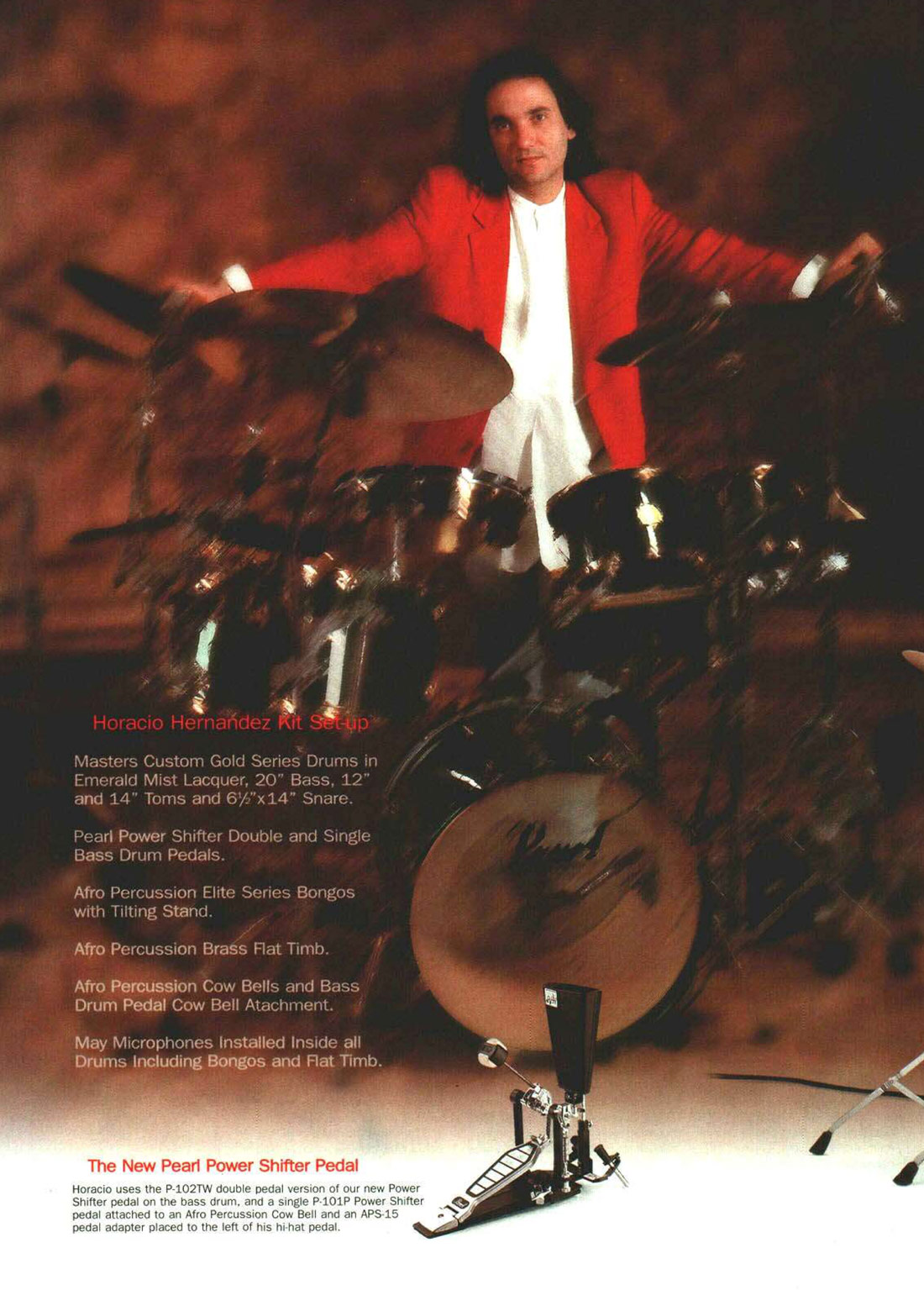
|
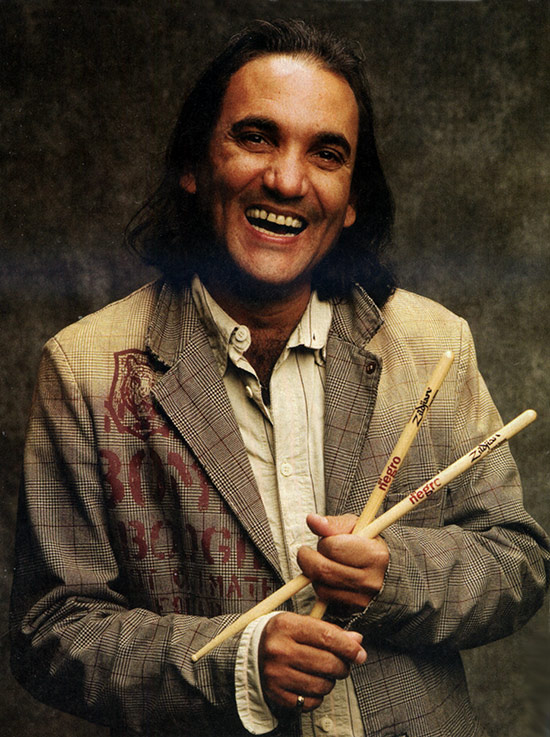

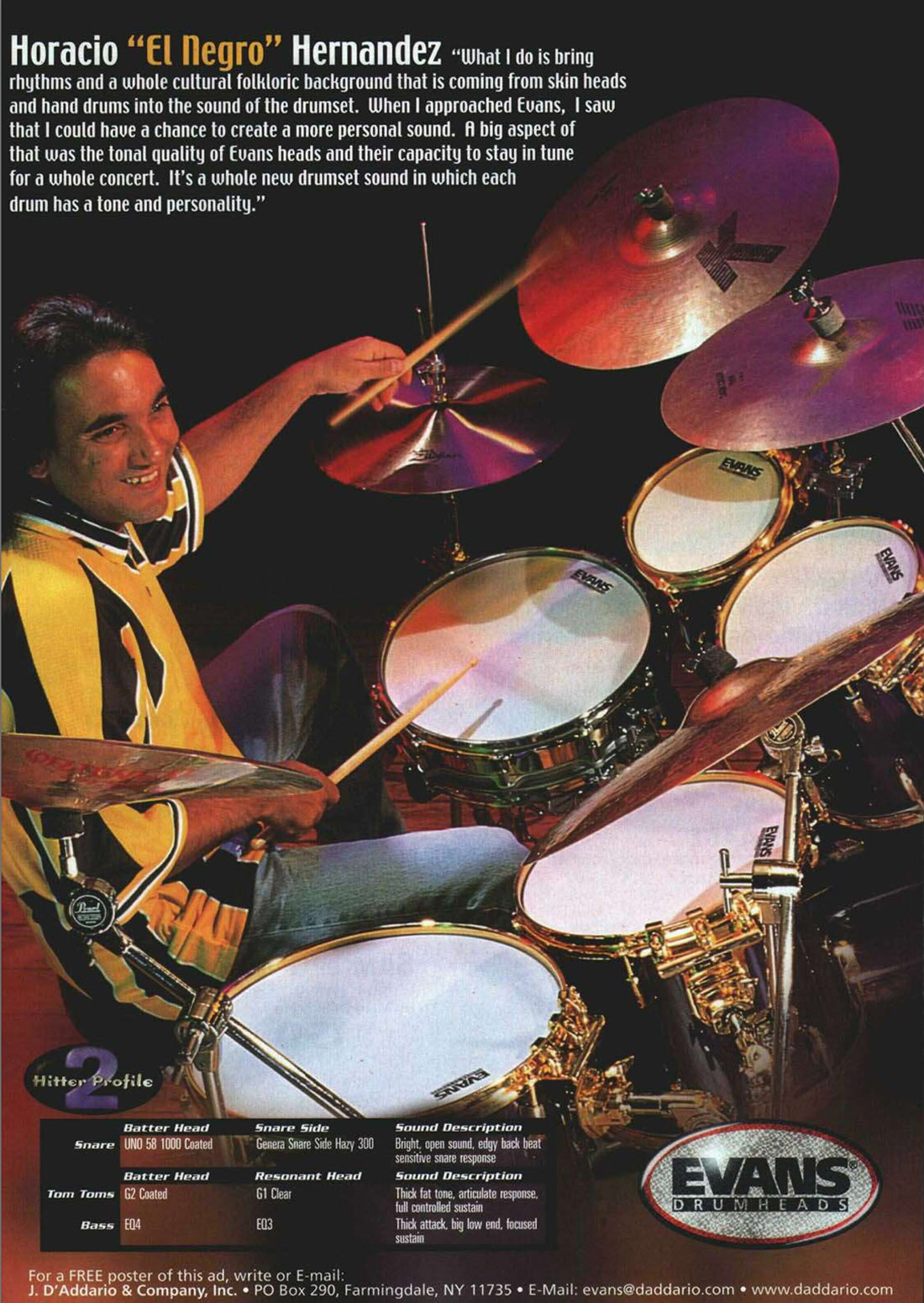
 © Bernhard Castiglioni - www.drummerworld.com
© Bernhard Castiglioni - www.drummerworld.com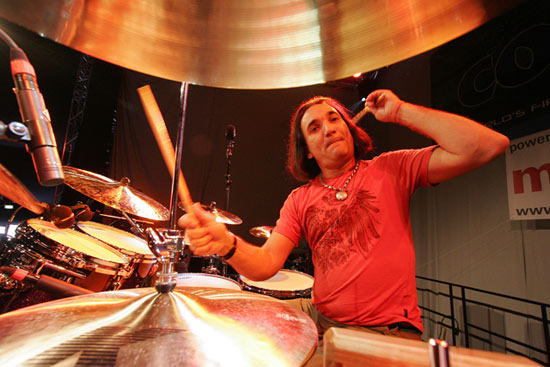 © Ronn Dunnett
© Ronn Dunnett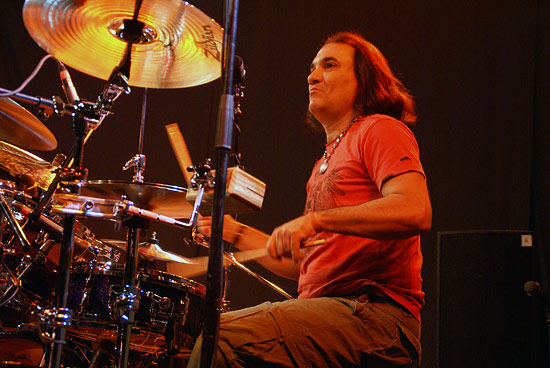 © Bernhard Castiglioni - www.drummerworld.com
© Bernhard Castiglioni - www.drummerworld.com
 © Bernhard Castiglioni - www.drummerworld.com
© Bernhard Castiglioni - www.drummerworld.com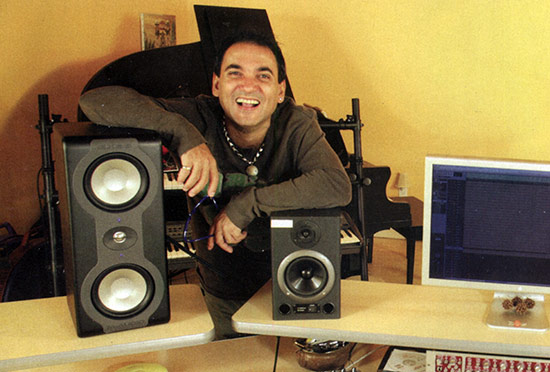

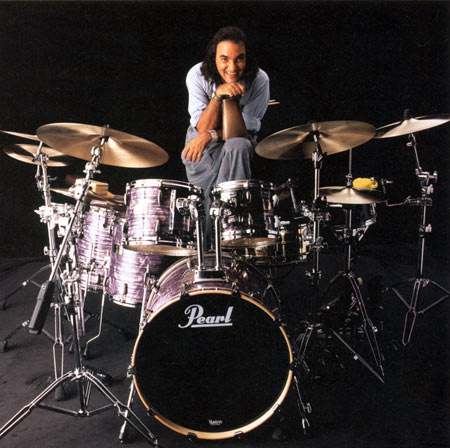
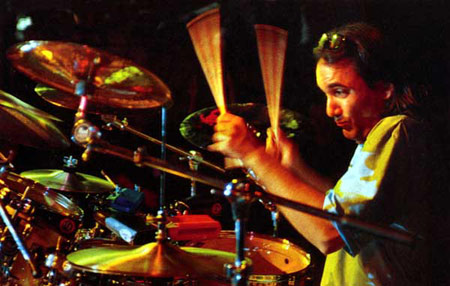 © Heinz Kronberger
© Heinz Kronberger
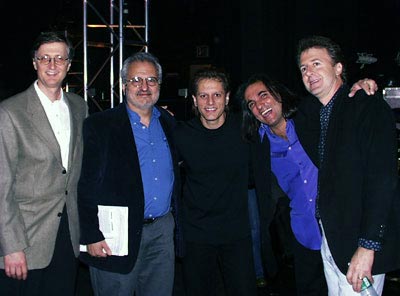 Paul Siegel - John Castellano - Dave Weckl
Paul Siegel - John Castellano - Dave WecklHoracio Hernandez - Rob Wallis
 John Patitucchi - Horacio Hernandez
John Patitucchi - Horacio Hernandez© Andrew Lepley

 Horacio Hernandez - Bernhard Castiglioni
Horacio Hernandez - Bernhard Castiglioni (Drummerworld)
 Horacio Hernandez - Walfredo Reyes
Horacio Hernandez - Walfredo Reyes thanks for your visit!
thanks for your visit!
CLICK:
the 500 Top Drummers:
the 500 Top Drummers:











